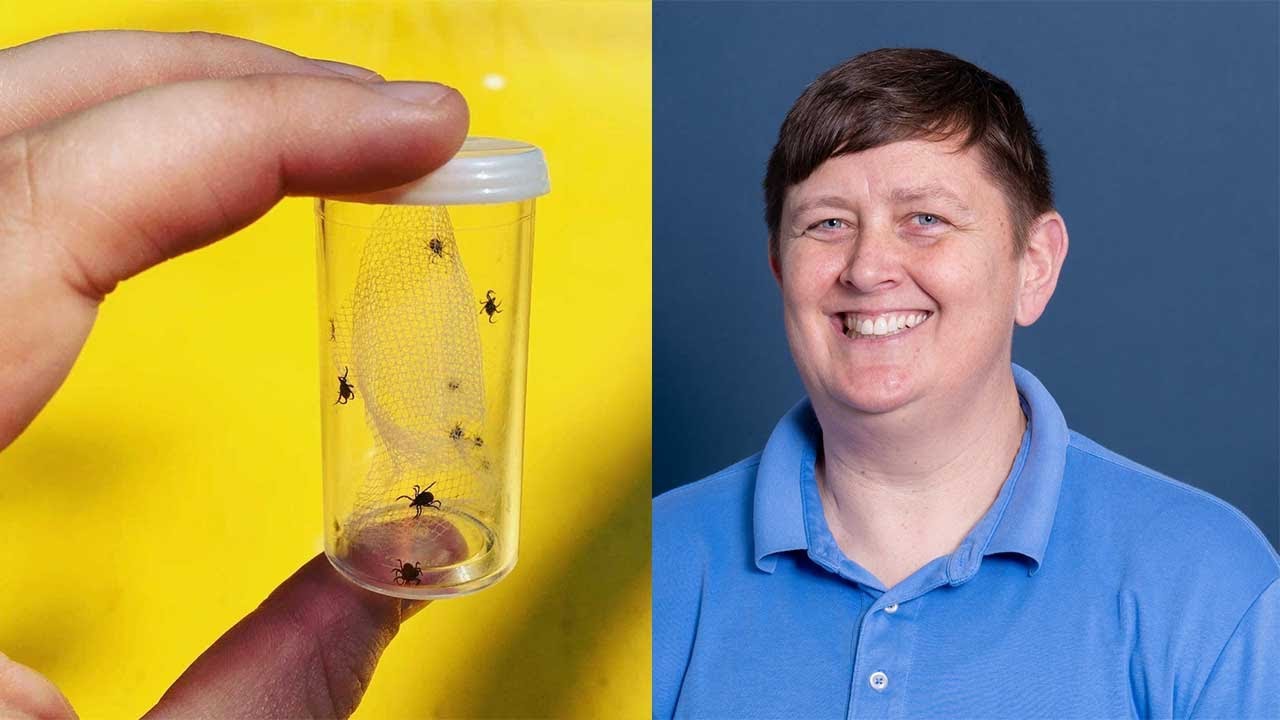- Understanding the ecological role of ticks and their interactions with wildlife.
- Insights into Dr. Holly Gaff’s research on disease transmission and tick dynamics.
- Challenges in managing tick populations in various ecosystems.
- The importance of ticks in biodiversity and environmental health.
- Strategies for wildlife conservation and zoo management concerning ticks.
Ticks are often misunderstood creatures, frequently associated with discomfort and disease. Yet, these small arachnids play a significant ecological role. Understanding the ecology of ticks involves examining their interactions with various wildlife species and ecosystems. It’s essential to recognize their role in the greater environmental context, linking species together within intricate ecological webs.
Dr. Holly Gaff is a leading expert in the study of ticks, focusing on their behavior and the mechanisms of disease transmission. Through her research, Dr. Gaff has delved into complex tick dynamics, shedding light on how these creatures affect human health and biodiversity. Her work extends our understanding of ticks and delivers insights that help shape conservation strategies.
Ticks are critical players in disease transmission cycles. They act as vectors for pathogens that infect humans and animals. Dr. Gaff’s research examines these transmission pathways, uncovering how environmental changes and host availability impact infection rates. Her findings underscore the significance of integrated management approaches that consider ecological, biological, and socio-economic factors.
Managing tick populations presents distinct challenges. Climate change, habitat fragmentation, and human expansion affect tick distribution and abundance. These factors complicate control efforts and necessitate adaptive strategies. Understanding the environmental and biological variables that influence tick populations is crucial for implementing effective management practices.
Ticks contribute to biodiversity by participating in the natural selection processes of their hosts. They maintain balance in ecosystems by regulating wildlife health and populations. Appreciating their ecological importance reframes our view from seeing ticks solely as pests to recognizing their contributions to environmental dynamics.
Conservation and zoo management strategies must address tick issues comprehensively. Safeguarding wildlife involves monitoring tick populations and mitigating the risks of disease outbreaks. This requires collaboration across disciplines, integrating insights from entomology, ecology, and veterinary science. Emphasizing proactive measures and education can reduce negative impacts on wildlife and human health.
In summary, the study of ticks by experts like Dr. Holly Gaff provides valuable insights into their ecology, behavior, and impact on the environment. As we improve our understanding, we gain tools to better manage tick-related challenges, enhancing both wildlife conservation and public health. This knowledge is crucial in promoting a balanced coexistence between humans and the natural world.
*****
Source Description
With tick-borne diseases on the rise and shifting environmental conditions, understanding these tiny but powerful creatures is more important than ever. Learn how mathematical models, ecological data, and real-world research come together to inform public health and conservation.
Don’t miss this opportunity to gain insights from a leading researcher, ask questions, and walk away better equipped to navigate tick season!


